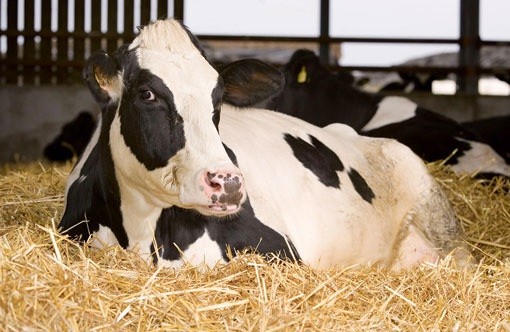

Dry period in Diary production refers to the 50 to 60 days when a lactating but pregnant cow is given a break from milking prior to next calving down. During this period milking is stopped and the cow given special treatment for maximum production in the next lactation.
It is a very important time as the animal takes a rest to replenish body reserves and regenerate milk secreting tissue after months of milking.When this is not observed ,the Cows milk production will be greatly undermined in the next lactation season.
Cows not taken through dry period will only attain 70 per cent of their milk production potential. Denying an animal this break will also result in other metabolic diseases like Ketosis and Milk fever and conditions like displaced Abomasum.
It is very important to keep good records as this is a prerequisite for proper dry period management, as every day counts. The recommended dry days ranges from a minimum 45 days to a maximum 65 to calving. However, Cows in their first lactation cycle will need between 60-65 days while older cows can do with fewer days.
The dry period, has three phases namely the first two weeks, then three weeks to three weeks before calving and the late dry period (last two or three weeks).
Each phase requiring specific attention especially when it comes to feeding and treatment.
Feeding
Since the cow isn’t being milked, avoid giving too much energy feeds.
Concentrates and grains can make the animal grow fat which will predispose it to difficult birth, ketosis, udder edema, downer cow syndrome or abomasum displacement. It is also not economical.
Generally the animal needs adequate but not excessive proteins, minerals or vitamins. Grass pastures are ideal; vitamins A deficiency may occur especially where animals don’t have access to green pasture.
Calcium is important throughout the first two phases but its intake should be reduced as the animal nears the last two weeks to calving down. This is in order to prepare the animal’s body in time to initiate the process of mobilising calcium from long bones and to reduce cases of milk fever.
The main activity during this first two weeks of dry period is cessation of milking, but how you do this is of utmost importance, if not professionally done you run the risk of mastitis. Some farmers will use incomplete milking; this is not recommended at all as it can easily result in mastitis.
It should go hand in hand with cleanliness of the house to reduce chances of mastitis. The second phase is the longest but also the least complicated.
Your vet will advise on the kind of vaccinations the animal may need. The late dry period is critical as the cow is in its final leg of gestation; during this time re-introduce grains to prepare the ruminal microbes in advance and lower calcium intake.
Transfer the animal to a calving pen and keep watch because anytime the calf comes, it will bring in another lactation period.
 Contact Jaguza Support
Contact Jaguza Support